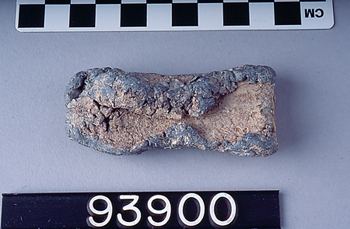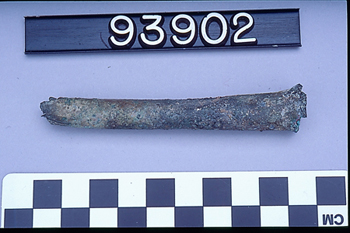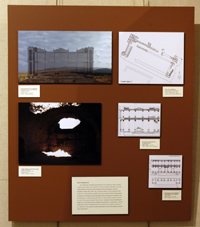
Duderstadt Gallery: Section 8 - Fountains
and Bath
Antioch was a significant urban center
during the Hellenistic period centuries before aqueducts supplied the
colonial city with flowing water. By the 2nd century AD, the time of Antioch’s
architectural apogee as an imperial city, the city possessed an elaborate
and costly collection of hydraulic systems. Those systems comprised at
least two aqueducts, a bath complex, one or more monumental ornamental
fountains (nymphaea), smaller public fountains, a cascade, cisterns, and
all of the distribution apparatus required for meeting the public and
private needs of the population.
Much of the hydraulic system survives today only at the foundation level
and in scattered subsurface structures. At the height of the city’s
development, however, flowing water was a highly visible presence in the
hourly and aesthetic awareness, social practices, and health of the citizens,
who collected water and refreshed themselves at the public fountains and
regularly visited the baths. The elaborate play of water jets in the Nymphaeum
(Fountain House) at the northern end of the Cardo Maximus, the pools in
the nearby baths, the fountains of the Tiberia Platea, and the cascade
at the City Gate marked Antioch as a Roman city. Far from merely utilitarian,
the city’s elaborate hydraulic system made a social statement and
enabled a distinctively Roman mode of life.
Poured Lead Used to Hold
a Clamp |
Small Bronze Pipe |





